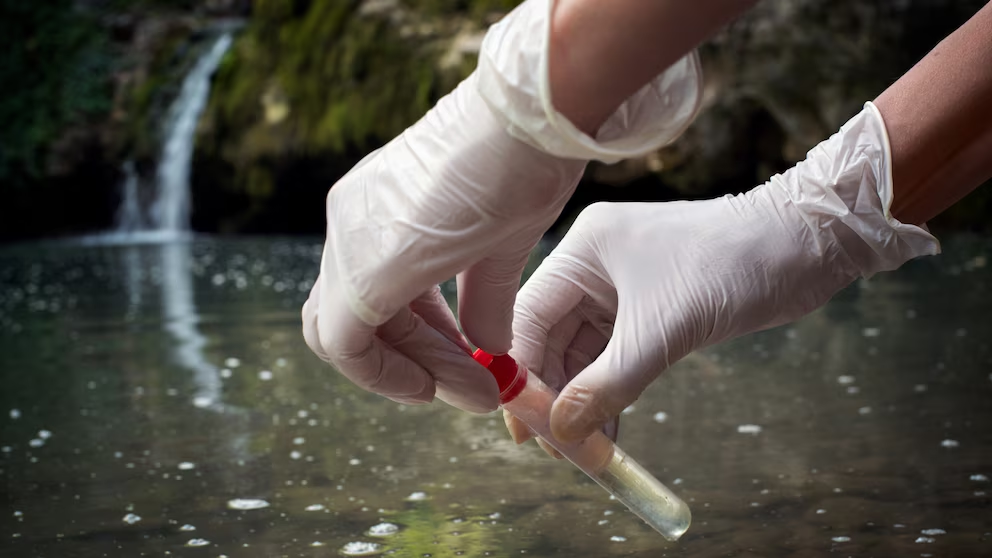The U.S. government issued on Wednesday the first-ever national, legally enforceable drinking water standard to protect communities from exposure to harmful per- and polyfluoroalkyl substances (PFAS), also known as “forever chemicals.”

Exposure to PFAS has been linked to deadly cancers, impacts to liver and heart, and immune and developmental damage to infants and children.
The final rule will reduce PFAS exposure for approximately 100 million people, prevent thousands of deaths, and reduce tens of thousands of serious illnesses, said the U.S. Environmental Protection Agency (EPA) in a statement.
This rule sets limits for five individual PFAS: PFOA, PFOS, PFNA, PFHxS, and HFPO-DA (also known as “GenX Chemicals”). The rule also sets a limit for mixtures of any two or more of four PFAS: PFNA, PFHxS, PFBS, and “GenX chemicals,” according to EPA.
EPA estimates that between some 6 and 10 percent of the 66,000 U.S. public drinking water systems subject to this rule may have to take action to reduce PFAS to meet these new standards.
The agency also announced nearly 1 billion U.S. dollars in newly available funding through the Bipartisan Infrastructure Law to help states and territories implement PFAS testing and treatment at public water systems, and to help owners of private wells address PFAS contamination.